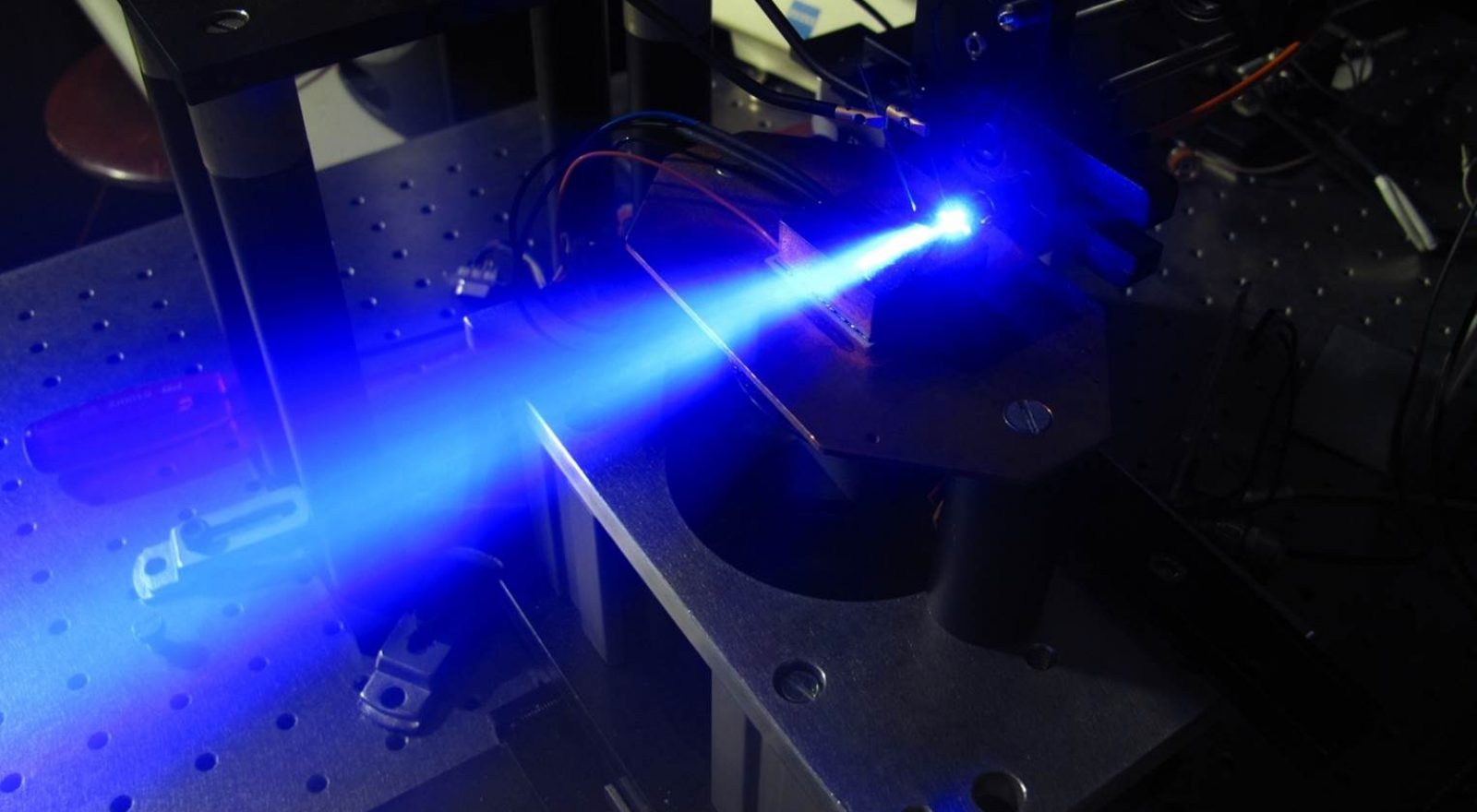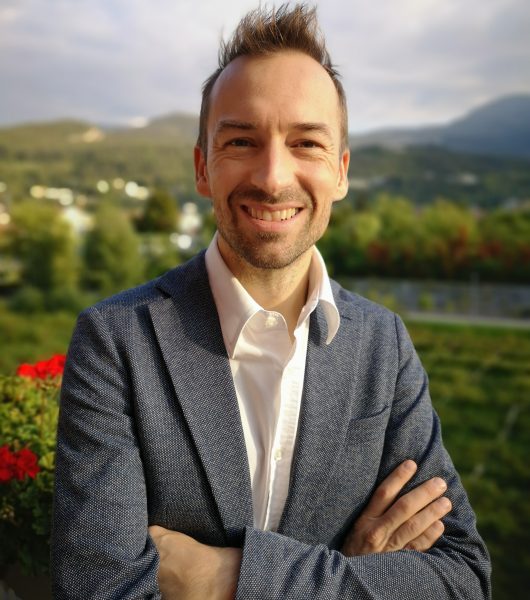EU-funded project “SUPERTWIN” success story
Our researchers have employed quantum physics to develop a novel optical microscope that opens up the potential to view the tiniest of objects - including many viruses - directly for the first time
The FET Open programme supports early-stage science and technology researchers in fostering novel ideas and exploring radically new future technologies.
SUPERTWIN project, from March 2016 to October 2019, and coordinated by FBK, was focused on exploiting entanglement in order to achieve super-resolution microscopy.
Under specific conditions, it is possible to generate particles of light – photons – that become one and the same thing, even if they are in different places. This strange, quantum effect is known as entanglement.
Entangled photons carry more information than single photons, and SUPERTWIN researchers capitalised on that ‘extra’ information-carrying capacity to go beyond the classical limits of optical microscopes.
“The SUPERTWIN project achieved a first proof of imaging beyond classical limits, thanks to three key innovations.” -says project coordinator Matteo Perenzoni- “First, there is the deep understanding of the underlying quantum optics through novel theory and experiments; secondly, advanced laser fabrication technology is mixed with a clever design; and thirdly, there is the specifically tailored architecture of the single-photon detectors.”
One of the project’s greatest challenges – yet to be completely solved – was in determining the type and degree of entanglement. By carrying out additional experiments, the team created a new theoretical framework to explain the atom-scale dynamics of generating entangled photons.
FOLLOW-UPS
“Several follow-ups to the SUPERTWIN project are under way among the different partners” -says Perenzoni- ‘The solid-state source of non-classical light and super-resolution microscope demonstrators will be used in the ongoing PHOG project, and they are also expected to pave the way to a future project proposal. The potential of our quantum image sensor is currently being explored in the GAMMACAM project, which aims to develop a camera exploiting its capability to film individual photons.”
Quantum imaging using non-classically correlated photon pairs has been shown to possess a number of fundamental advantages with respect to known imaging modalities based on classical light. These are the possibilities to image with very low photon number while maintaining a high image quality, to have sample interaction and spatial detection on different wavelength channels.
Although these advantages signify a large potential for applications, realizations so far only have been on the level of principle demonstrations. Now, with the single-photon detectors developed at FBK in the SUPERTWIN context, a key tool is available for their practical exploitation.
Using in such way entangled light can help us achieve a better balance between hi-fi resolution and low-cost technology. There are several applications that this new approach implies, from microbiology (scientific analysis on cellular dynamics) to biomedics (diagnostic sensor technologies), but also in perspective for consumer (smartphone or computer camera) and industrial control and automation.
Stay tuned!


